Sidewalk Leveling Service for Safety and Longevity

Spring offers moderate temperatures and stable ground conditions, ideal for sidewalk leveling projects.
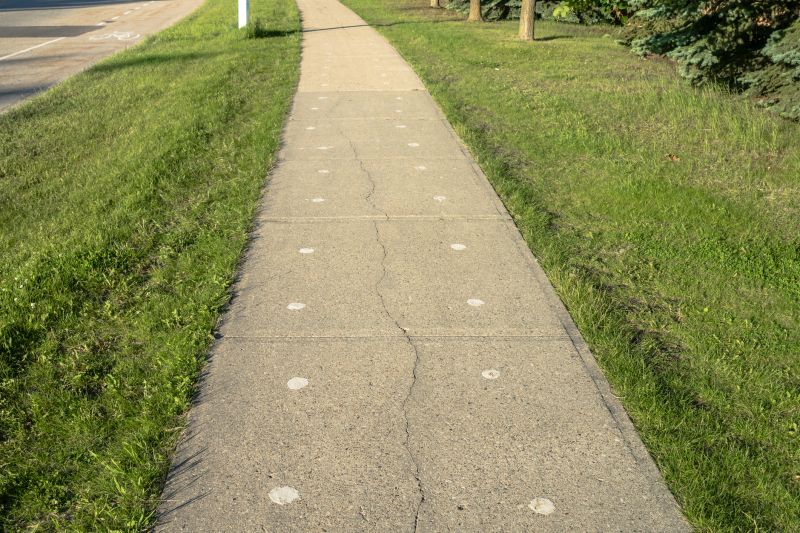
Summer provides longer daylight hours and dry weather, facilitating efficient and timely sidewalk repairs.
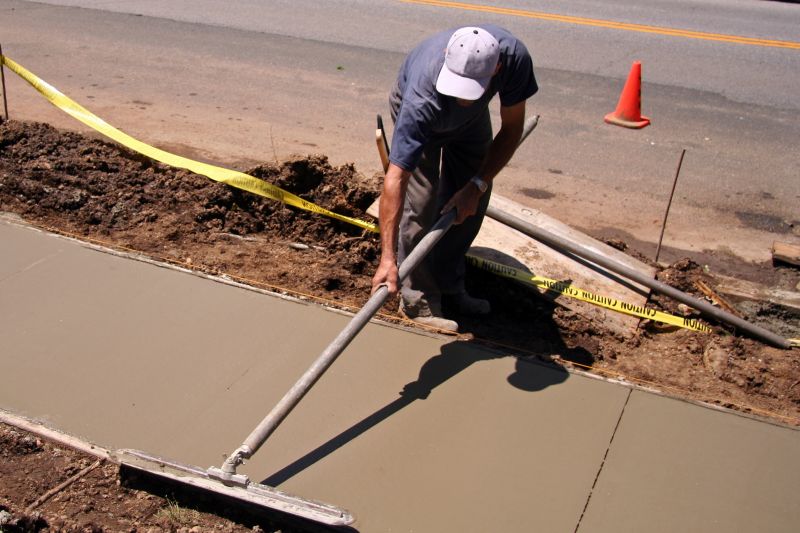
Fall allows for completion before winter, reducing the risk of ground shifting due to freeze-thaw cycles.
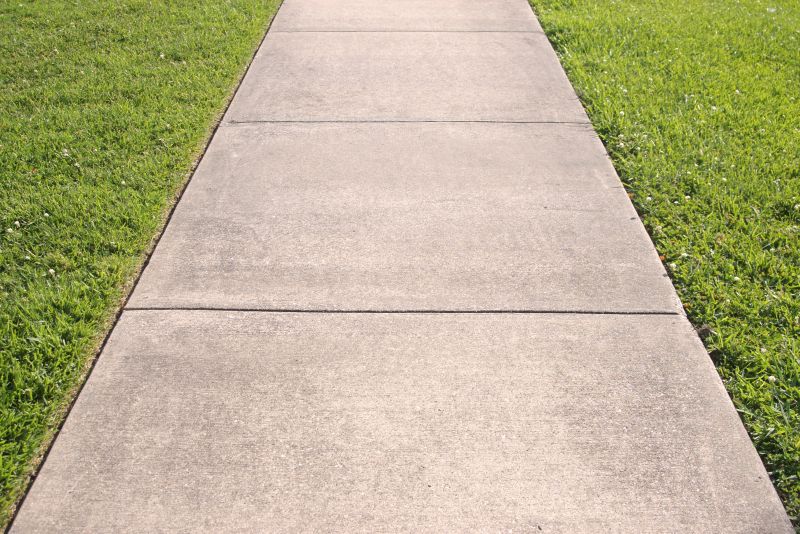
Ways to make Sidewalk Leveling Service work in tight or awkward layouts.

Popular materials for Sidewalk Leveling Service and why they hold up over time.
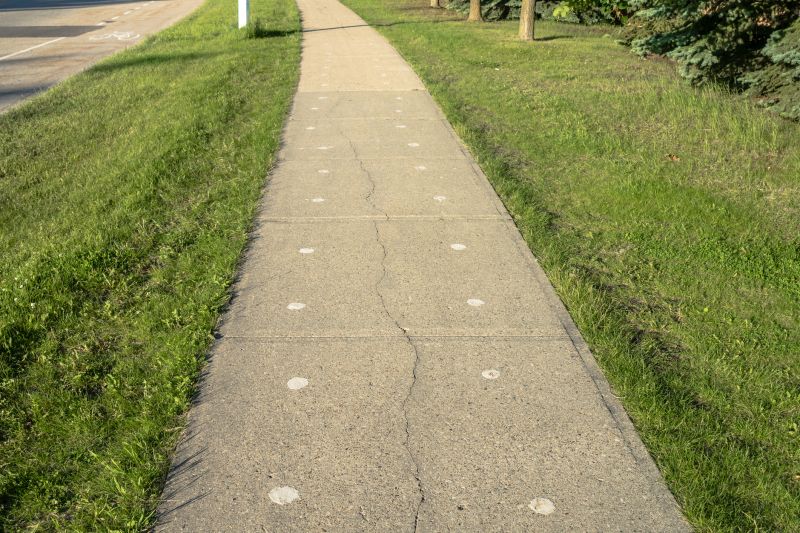
Simple add-ons that improve Sidewalk Leveling Service without blowing the budget.
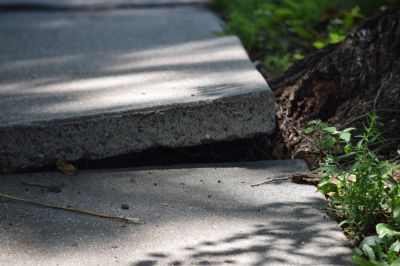
High-end options that actually feel worth it for Sidewalk Leveling Service.

Finishes and colors that play nicely with Sidewalk Leveling Service.
Sidewalk leveling service is essential for maintaining safe and accessible walkways. It involves correcting uneven surfaces caused by ground settlement, tree roots, or soil erosion. Properly leveled sidewalks improve safety by reducing trip hazards and can extend the lifespan of the pavement. The timing of service can impact the quality and durability of the repair, making it important to choose optimal seasons for scheduling.
Statistics indicate that sidewalk repairs are most effective when performed during periods of stable ground conditions. Performing leveling before winter freeze-thaw cycles can prevent further displacement and cracking. Additionally, scheduling during dry months minimizes delays caused by weather interruptions. Planning sidewalk leveling in the spring or early fall aligns with these optimal conditions, ensuring the longevity of the repair work.
Weather influences soil stability and the effectiveness of leveling techniques. Dry, moderate temperatures promote better adhesion and setting of leveling materials.
Spring scheduling allows for repairs before the ground becomes saturated or frozen, reducing the risk of future unevenness.
Fall repairs help prevent damage from winter conditions and ensure sidewalks are safe and level before cold weather sets in.
Winter is generally less suitable for sidewalk leveling due to frozen ground and increased risk of shifting post-repair.
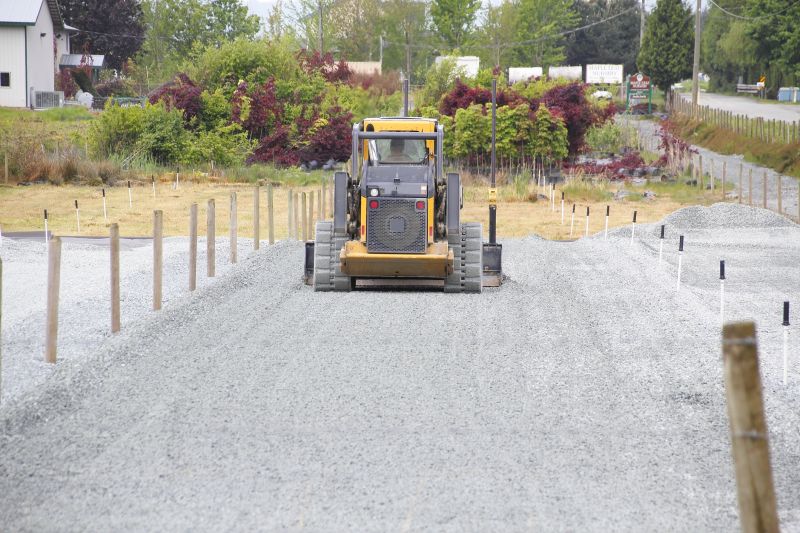
Specialized tools and machinery are used for efficient and precise leveling.
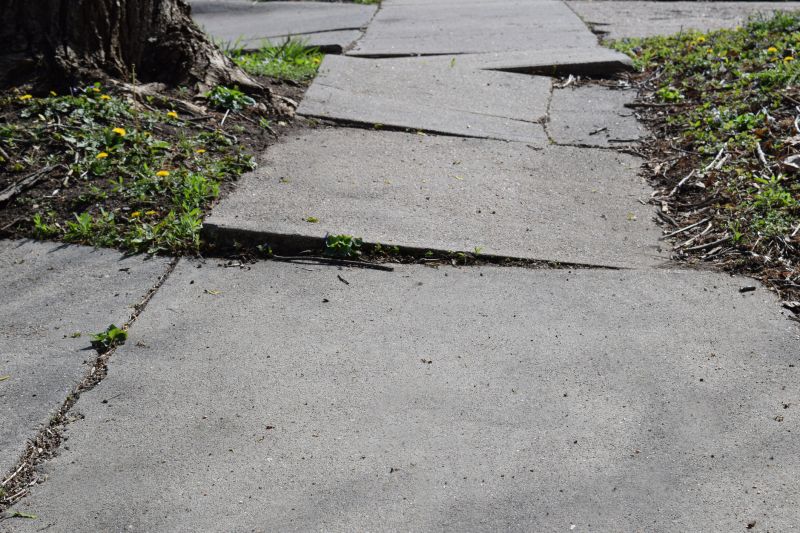
Images demonstrating the transformation of uneven sidewalks into safe, level surfaces.

Soil compaction and stabilization techniques are essential for long-lasting results.
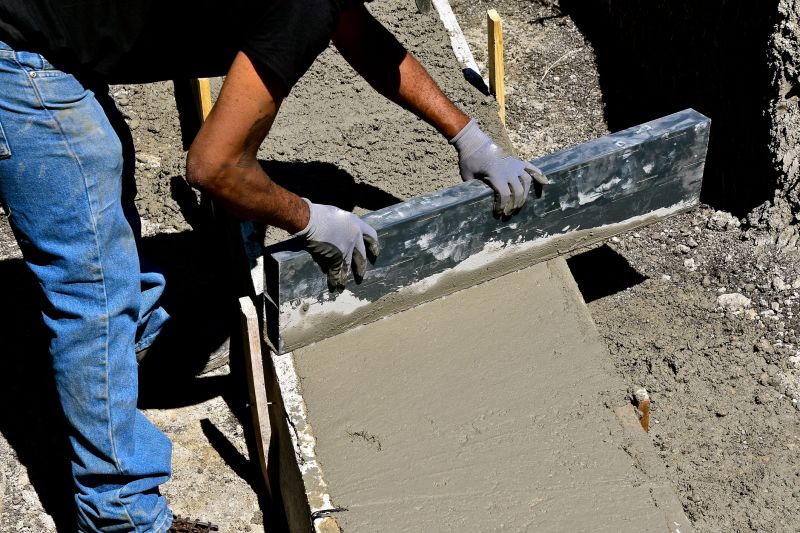
Professional crews utilizing advanced equipment for sidewalk correction.
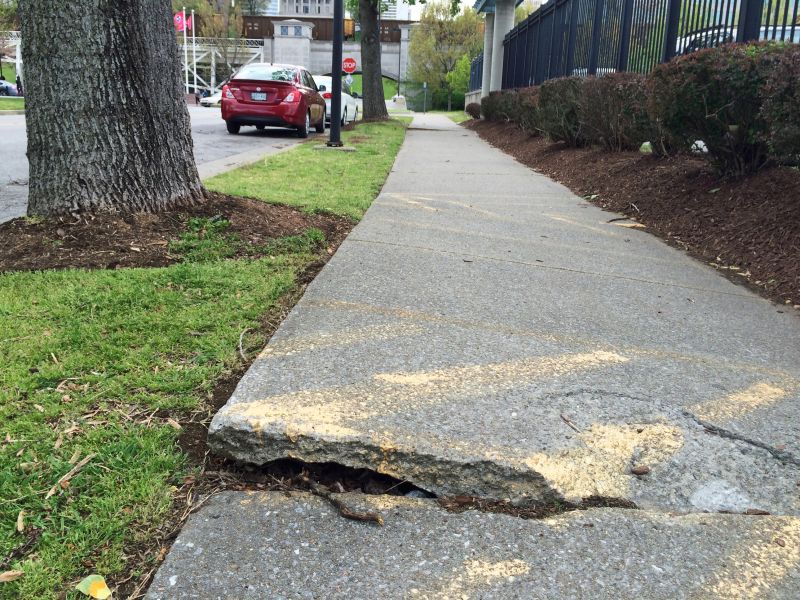
Addressing cracks and unevenness to prevent further deterioration.

Visual guide to scheduling sidewalk leveling based on seasonal conditions.

Post-repair safety checks to ensure walkways are hazard-free.

Finished projects showcasing smooth, safe sidewalks ready for use.
| Season | Ideal Conditions |
|---|---|
| Spring | Moderate temperatures, dry ground, soil stabilization |
| Summer | Warm, dry weather, longer work hours |
| Fall | Cooler temperatures, dry soil, pre-winter preparation |
| Winter | Frozen ground, high risk of shifting, generally unsuitable |
Choosing the appropriate season for sidewalk leveling can significantly impact the durability and effectiveness of repairs. Scheduling during periods of stable ground conditions minimizes the risk of future unevenness and extends the lifespan of the sidewalk. Proper timing ensures that repairs are not compromised by weather-related issues, leading to safer and more reliable walkways.
Interested in sidewalk leveling services? Filling out the contact form can provide additional information and help schedule repairs during the optimal season for best results.



